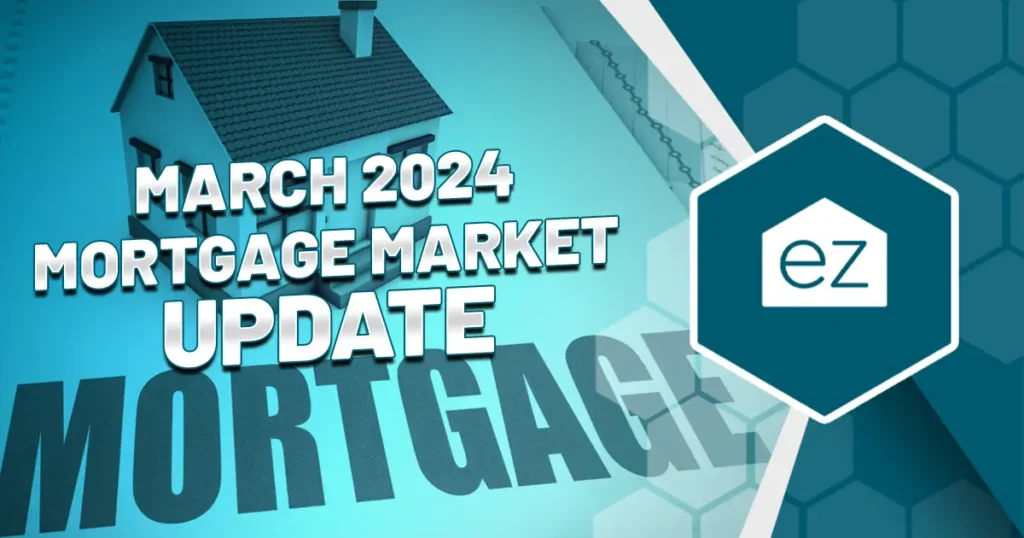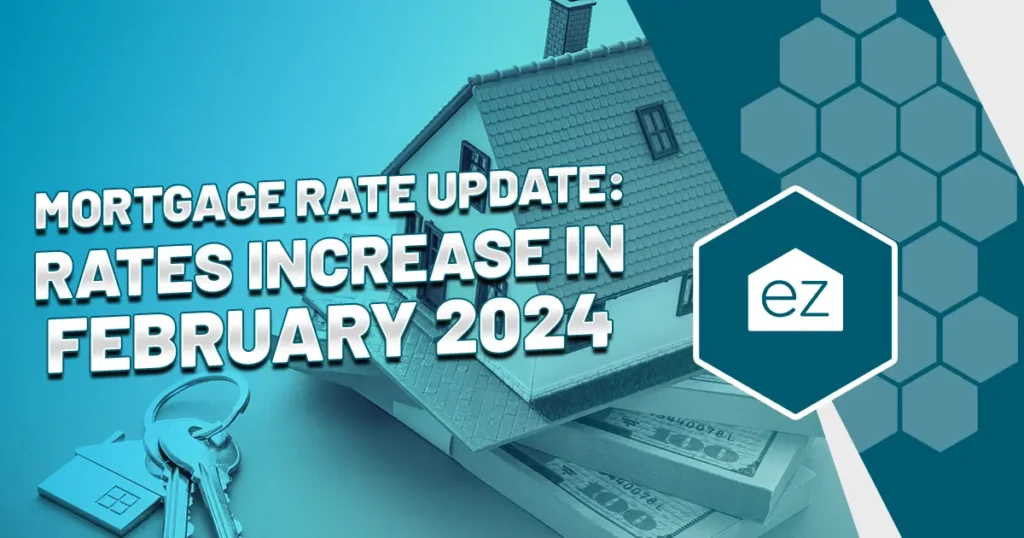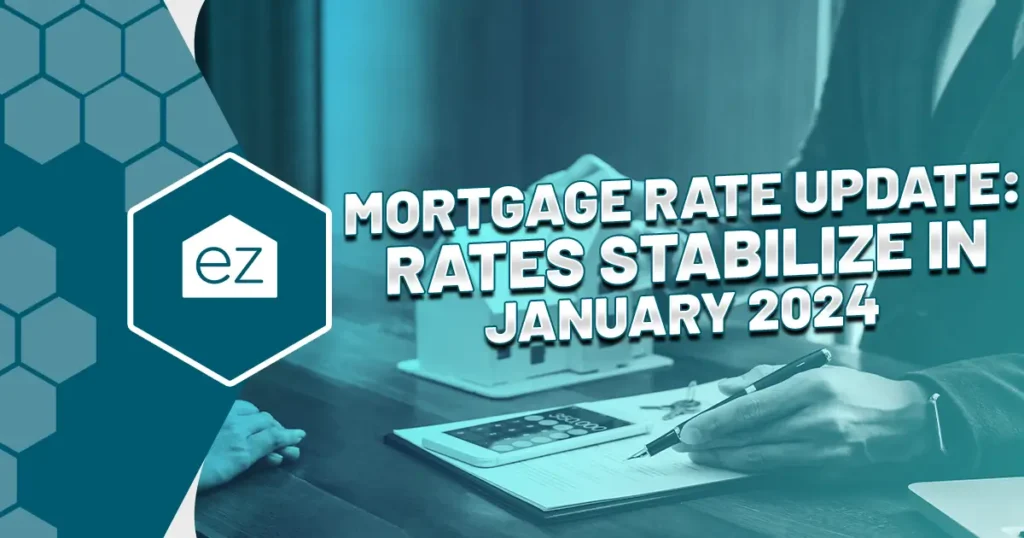Key Mortgage Rate Dates to Watch in 2024
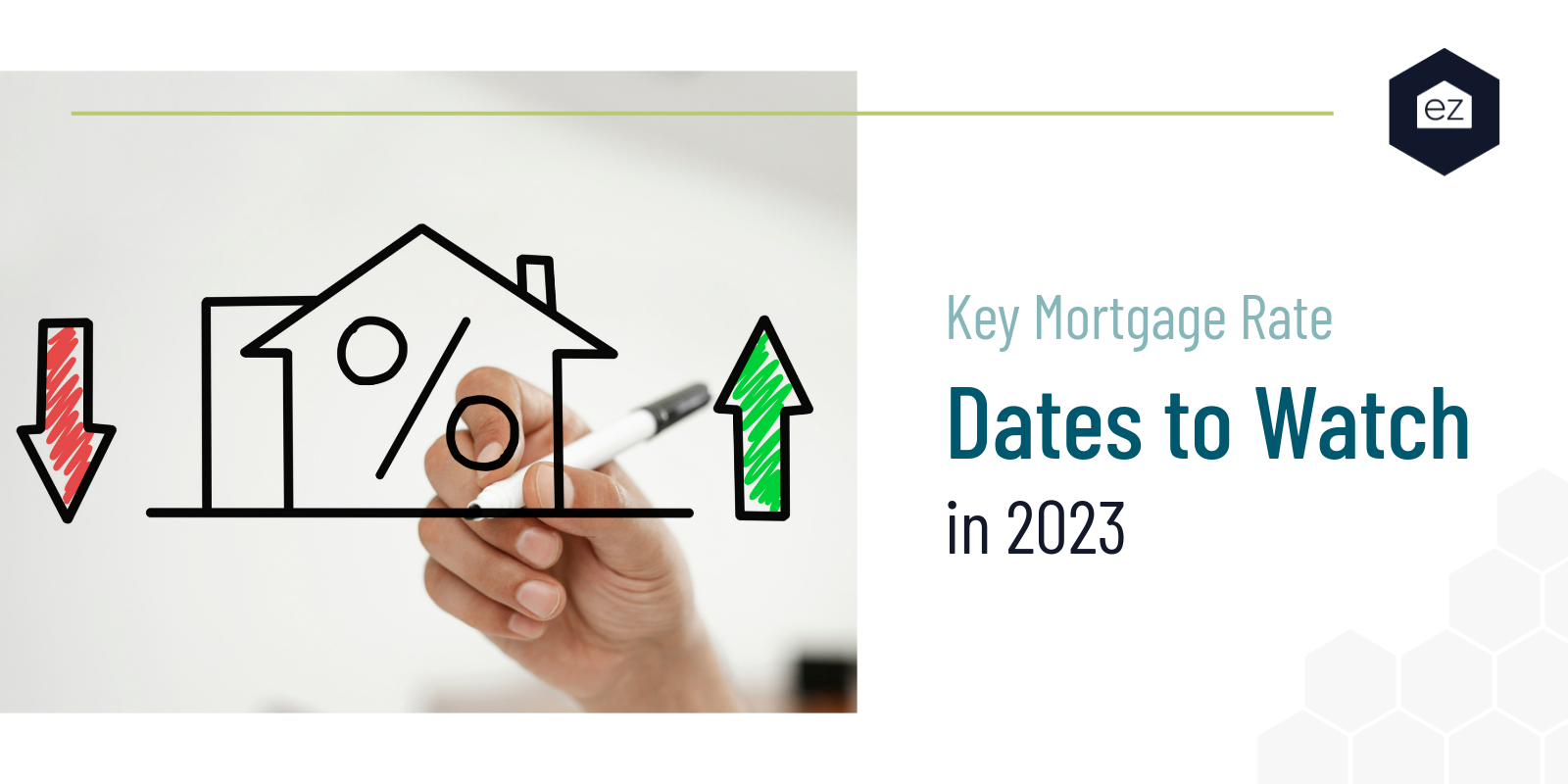
Key Mortgage Rate Dates to Watch in 2024
Wouldn’t it be nice to know where mortgage rates are headed before the market does? No one knows for sure, but attentive home buyers can learn to read the trade winds. For mortgage rates, a few important dates reveal clues on where rates may be heading in 2024.
What you need to watch in 2024

Forecasters expect 2024 to initially continue the challenges from 2023 when mortgage rates hit multi-decade highs of 8%. Last year was generally more challenging for the housing market, as nationwide closed sales dropped as did affordability. What started out at 3.5% for a 30-year fixed-rate mortgage at the beginning of 2022 turned into 6.48% in January 2023 and ended at 7.03% in December 2023.
Since inflation has yet to drop down to the ideal 2% benchmark, the cost of all services remains elevated. That’s despite the economy regaining all jobs lost during the pandemic and a 4.6% nationwide wage growth.
With mortgage costs doubling from their 2021-2022 lows, monthly mortgage payments remain elevated. This makes it more difficult for home buyers to afford as much square footage as they could before the pandemic. According to Forbes, a doubling in the mortgage rates can generally halve the amount a home buyer can afford at the same price. So, watching interest rates is one part of the home affordability equation.
Which leads to what controls interest rates? It’s a complicated answer.
Federal Reserve Interest Rates
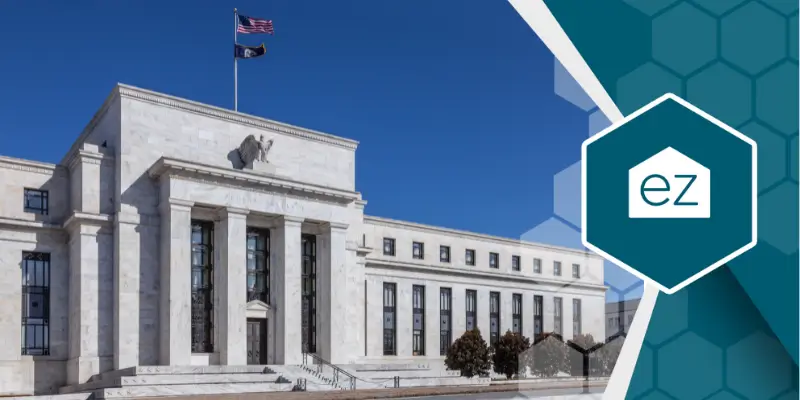
Many market experts watch the U.S. Federal Reserve Open Market Committee (FOMC) and its meetings throughout the year. The Federal Reserve won’t necessarily raise or lower interest rates at every single meeting. Still, when it does, those rate changes make the news as the impact trickles across the economy. Increases in basis points affect everything from the stock market in the short term to the mortgage market in the long term.
Here are the Federal Reserve meetings to watch in 2024:
- March 19-20
- April/May 30-1
- June 11-12
- July 30-31
- September 17-28
- Nov 6-7
- December 17-18
Particular dates to pay attention to are March, June, September, and December. These, the Fed notes, are dates associated with their summary of economic projections–their take on unemployment rates, gross domestic product (GDP) growth, and inflation. It’s when the Fed tends to make a lot of news because it uses those projections to decide its future policy and interest rates. That news tends to affect the markets.
Currently, the Federal Reserve anticipates maintaining the course during its early 2024 meetings. Basis rates are starting the year at 5.25-5.5%. One of those interest rate meetings has already come and gone, with the Fed sticking to this fiscal policy in its January meeting.
After that, it’s anybody’s guess. The stated opinion from the FOMC is that if the economy shows signs of strengthening or inflation stabilizing, it’s possible it may start lowering interest rates. Experts believe this is most likely to happen in the summer of 2024. Many financial experts call a slow, reasonable return to economic growth a “soft landing.” It’s an economic recovery that didn’t require a drastic recession, showing confidence the economy has stabilized without a period of exceptional hardship for homeowners.
Consumer Price Index (CPI)

Since the U.S. Federal Reserve primarily uses interest rate policy to help control inflation, look to the Consumer Price Index or CPI to evaluate this metric. The CPI is one of the most solid indicators of where prices for goods and services are heading nationally.
The CPI usually comes out with two key numbers: the increase/decrease over the previous month (MOM) and that month’s performance against the same month a year prior (YOY). For example, the January 2024 CPI report shows that the index rose 0.3% in January MOM. January 2024 saw price increases for all items of 3.1% against January 2023. That signals inflation remained high over the 12 months.
What dates should you watch when it comes to the CPI? The U.S. Bureau of Labor Statistics releases CPI reports monthly, typically near the middle of the month. For example, the January report came out on February 13, 2024.
Watching the CPI will help you track the economy and inflation between important Fed meetings. This will give you a heads-up on what the FOMC might do during those meetings. Since the Fed’s decisions filter out to the rest of the economy, you’ll typically find this is the first place to watch if you want to know where mortgage rates are heading in 2023.
Consumer Demand for Mortgages
Mortgages are, after all, products sold by financial institutions that make money off origination fees and interest. The lenders compete to win over borrowers to their products to earn more from these fees.
When demand is higher for lending products, so are the associated fees and rates. When home buyers are more hesitant about applying for a loan, lenders weigh their options on adjusting their pricing and making their loans more attractive.
Watching mortgage applications can be another indicator of where the market is heading. Higher demand could keep mortgage rates up, but applications could be down if buyers continue to have cold feet about purchasing. In late 2022, nonbank lenders were already reporting a 55% drop in applications.
The Federal Housing Finance Agency (FHFA) and Consumer Financial Protection Bureau (CFPB) track mortgage originations, which financial news outlets often profile. Another gauge for mortgage originations is published by the Mortgage Bankers Association (MBA) every week.
Are mortgage rates going to fall in 2024?
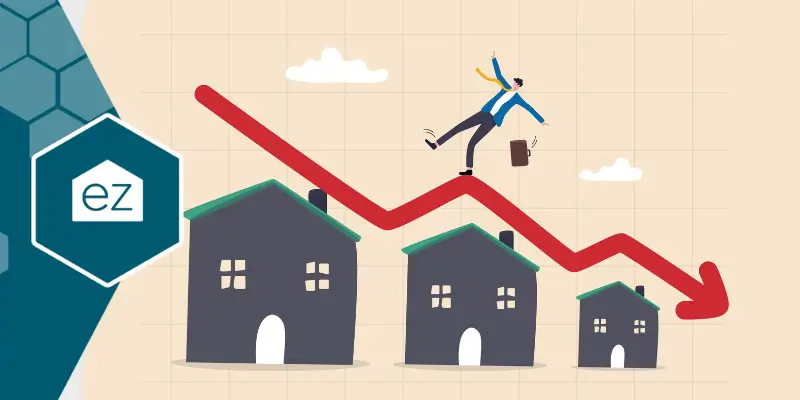
The recent CPI numbers show inflation has declined over the last few months, and most experts think it will continue its slow march downward. This has provided stability to mortgage prices, which have been hovering around 6.5-7% since their October 2023 spike. However, it’s still not at the 2% benchmark the FOMC would like.
We looked at some mortgage rate forecasts for 2024. For example, the Chief Economist of the National Association of Realtors (NAR), Lawerence Yun, felt that these elevated rates would persist for 2024. Government-backed lender Fannie Mae echoed those sentiments, forecasting Q1 2024 to have rates around 7% and Q4 2024 to have rates around 6.5%. The MBA felt slightly more optimistic, projecting the year to end closer to 6.1%.
It’s not just the dates to watch, after all. To know how affordable homes are, you’ll also need to know the speed at which rates could fall. For example, suppose the CPI shows more favorable numbers, and the Federal Reserve begins holding off on hiking interest rates. In that case, an interest rate decline of 1% is possible over roughly 6-9 months. It could be an optimistic sign for homeowners saving for a home.
Watching the markets

There’s no telling what the Federal Reserve or CPI will do. Home buyers, sellers, and real estate investors must wait and see the economic news to know where interest rates might go in 2024. Take the year on a quarter-by-quarter basis for forecasts closer to actual conditions.
Other Resources:
Where the Mortgage Industry Went in 2023
Home Sales Poised to Rebound in 2024
Updated February 2024
Start Your Home Search
Preston Guyton
Share this Post
Related Articles
Mortgage News
March 2024 Mortgage Market Update
Mortgage News
Can A Reverse Mortgage Help You In Retirement?
Mortgage News
Mortgage Rate Update: Rates Increase In February 2024
Mortgage News
